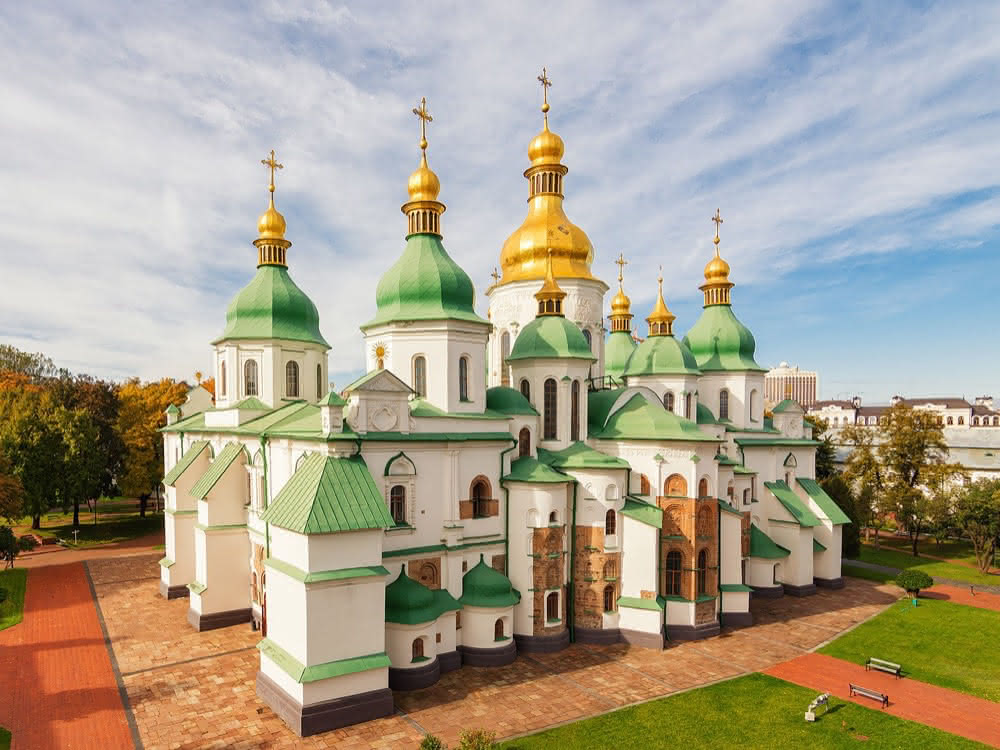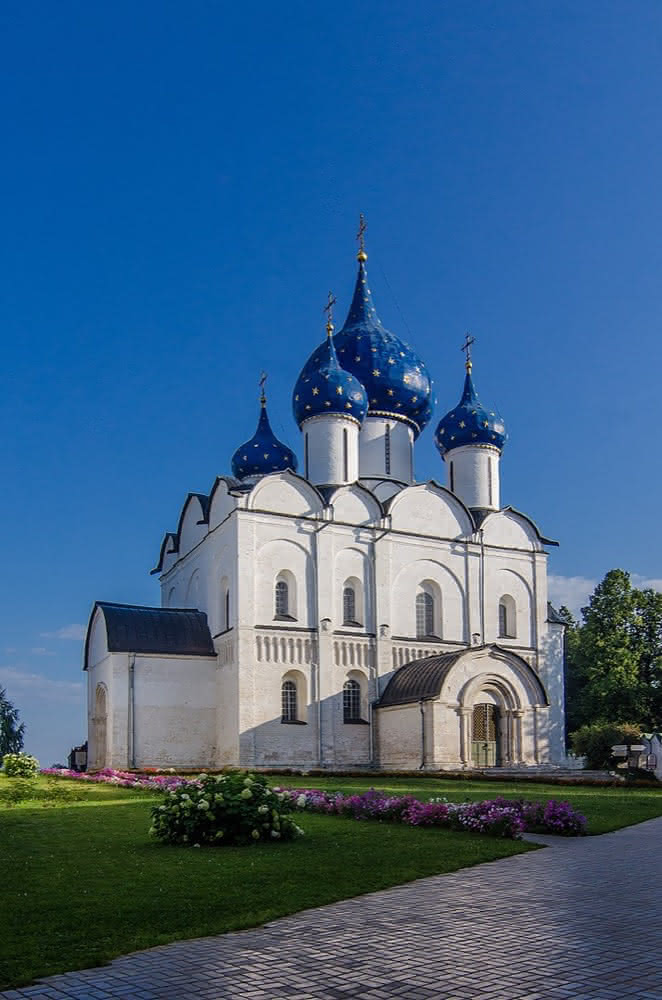
Cathedral of the Nativity
Architecture of Russia: An Overview
Russian architecture is a rich and diverse field that has evolved over many centuries, reflecting various cultural, religious, and political influences.
Pre-Christian Architecture
Before the adoption of Christianity in 988, the architecture of what is now Russia was influenced by the various Slavic tribes and their interactions with neighboring cultures. Notable features include:
- Wooden Structures: The primary material used was wood, due to the vast forests in the region. Buildings included homes, fortifications, and places of worship.
- Fortified Settlements: Known as “gorodishche,” these early settlements were often fortified with wooden walls and earthen ramparts.
The Kievan Rus was a federation of Slavic tribes under the rule of the Varangians, which laid the foundations for Russian architecture. Key features include:
- Byzantine Influence: The adoption of Christianity from Byzantium in 988 led to the introduction of Byzantine architectural styles, particularly in church construction.
- Stone Churches: The first stone churches, such as the Church of the Tithes (989-996) in Kiev, were built, featuring domes and cross-in-square plans.
- Iconography and Frescoes: Interior walls of churches were adorned with religious frescoes and icons.
Kiev (Kyiv), the capital of modern Ukraine, was the heart of the Kievan Rus and a major cultural center. Key architectural highlights include:
- Saint Sophia Cathedral: Constructed in the 11th century, this UNESCO World Heritage site is renowned for its Byzantine architecture, mosaics, and frescoes.
- Golden Gate: Originally built in 1037 as part of the city’s fortifications, it showcased advanced construction techniques of the time.
Novgorod was another important center of medieval Russia, known for its unique architectural styles and innovations. Highlights include:
- Saint Sophia Cathedral: Built in the 11th century, it is one of the oldest churches in Russia, featuring a blend of Byzantine and local architectural elements.
- Novgorod Kremlin (Detinets): A fortified complex with significant historical and architectural monuments, including the Bell Tower and the Palace of Facets.
Pskov, a city with a rich history and a unique architectural tradition, contributed significantly to Russian architecture. Notable features include:
-
Pskov Kremlin (Krom): The city’s fortress, with its distinctive walls and towers, exemplifies the defensive architecture of the time.
Church of the Transfiguration on Ilyina Street: Built in the 14th century, it is known for its frescoes by the renowned painter Theophanes the Greek.
Pskov School of Architecture: Pskov developed its own architectural style, characterized by the use of limestone, simplicity, and sturdy, squat structures.
The architecture of Russia is a testament to its complex history and cultural diversity. From the wooden structures of the pre-Christian era to the grand cathedrals of the Kievan Rus and the unique styles of Novgorod and Pskov, each period and region has left a lasting legacy on the architectural landscape of Russia.
St-George’s Church
Staraya, Ladoga
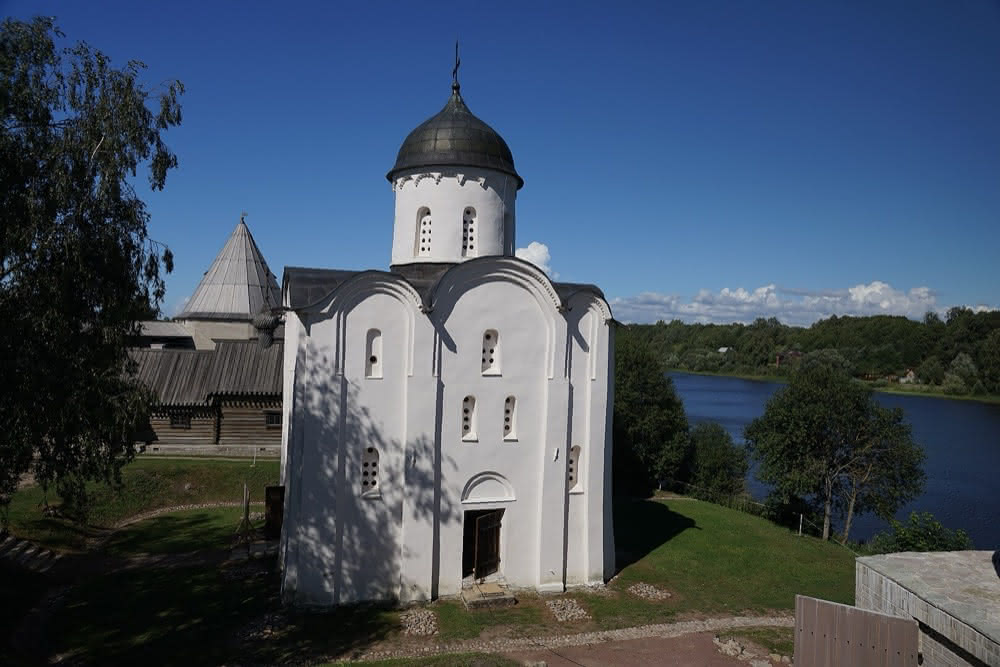
Cathedral of Saint Demetriis
Vladimir
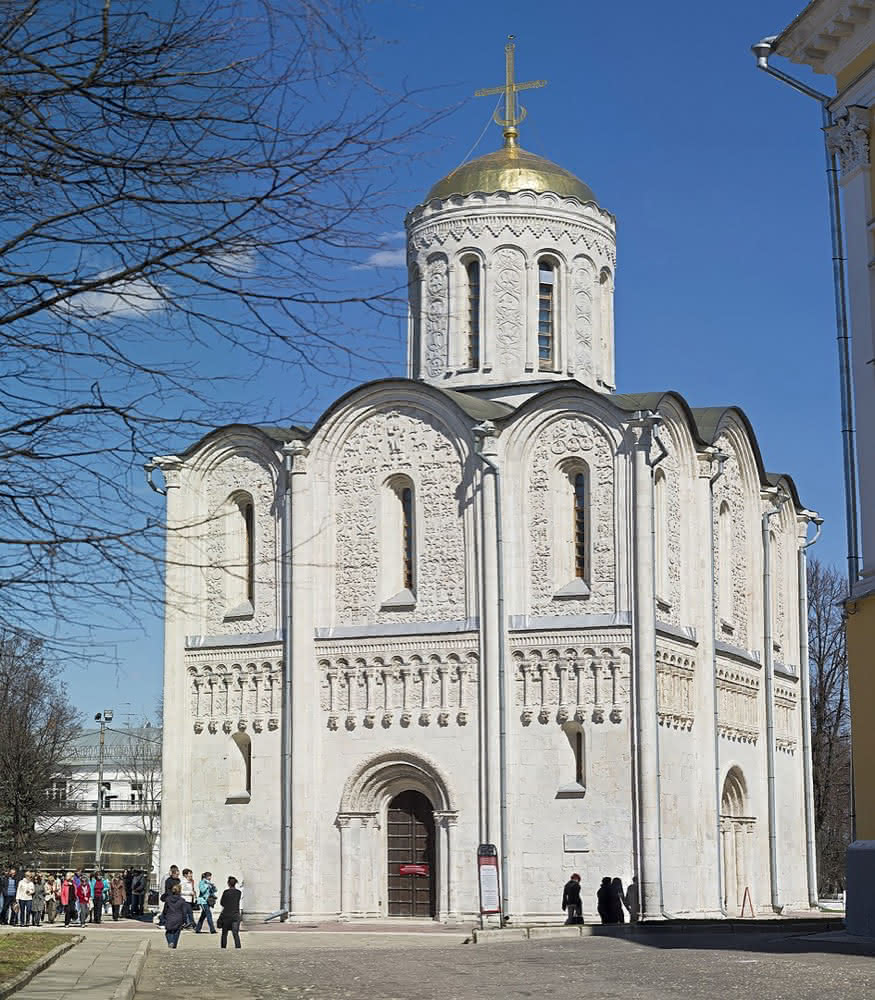
Cathedral of Saint Demetris
Vladimir
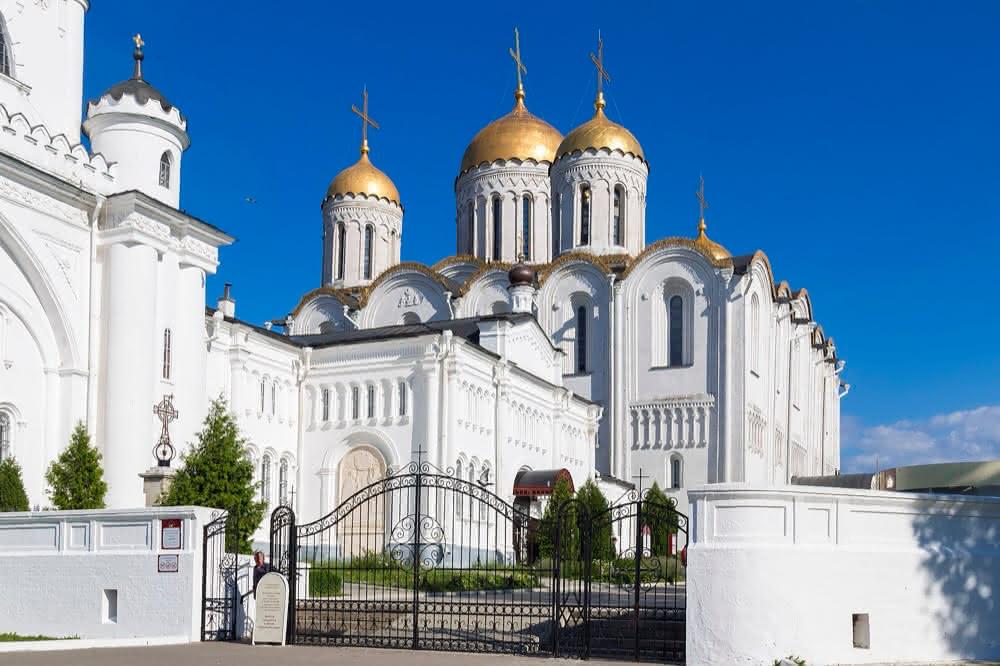
St-Michael the Arhcangel Church
Insmolensk
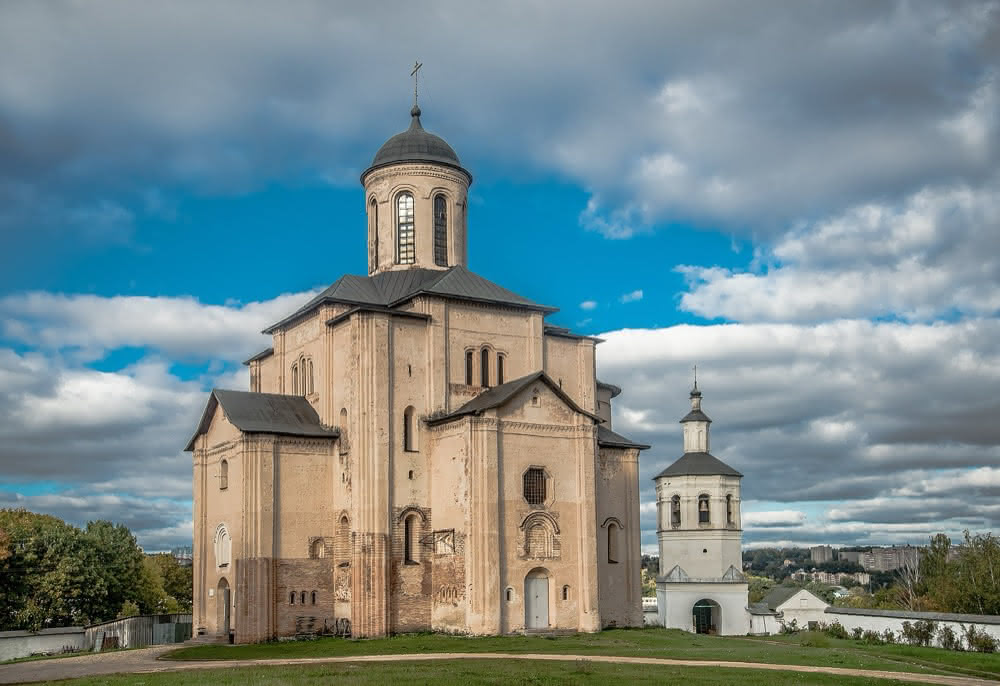
Church of the Intercession on the Nerl
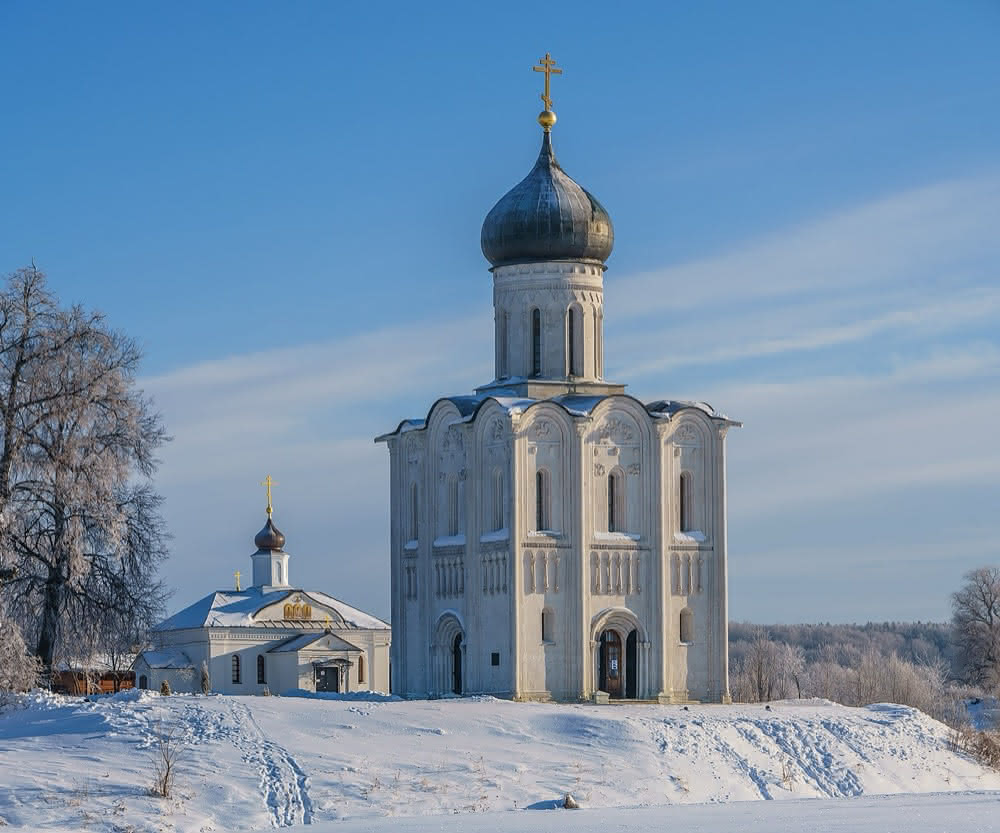
Golden Gate
Vladimir
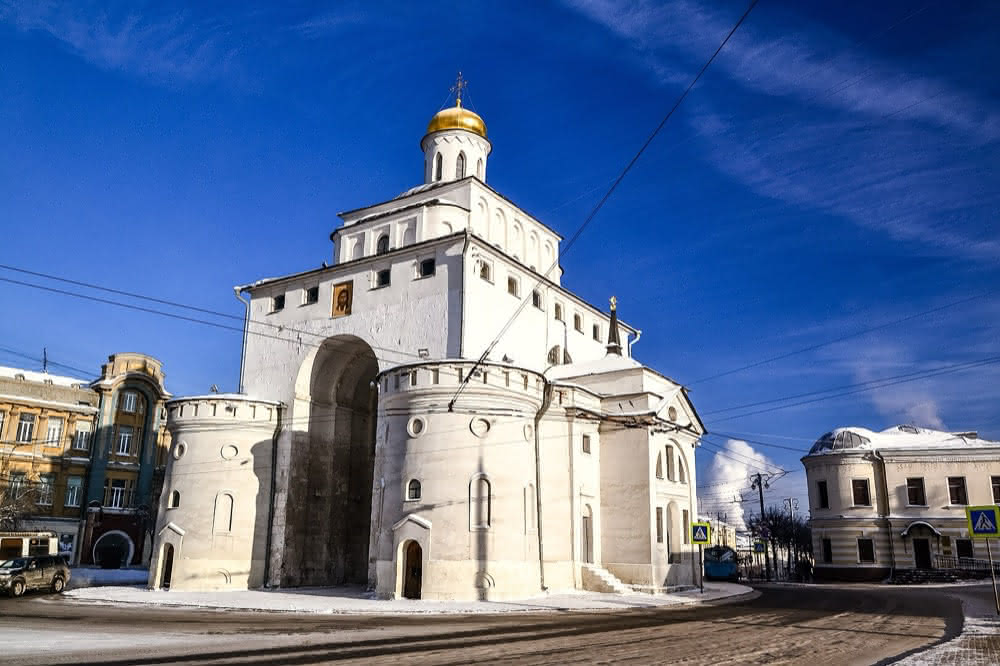
Remains of the Bogolyubov Castle and the Temple of the Nativity of the Blessed Virgin
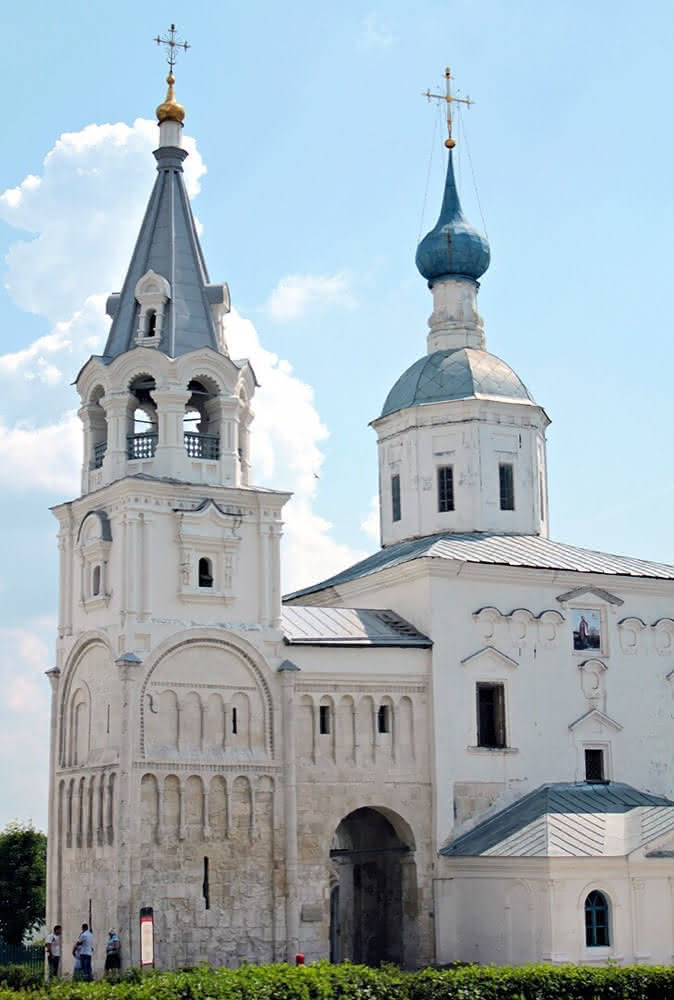
Assumption Cathedral
Staraya Ladoga
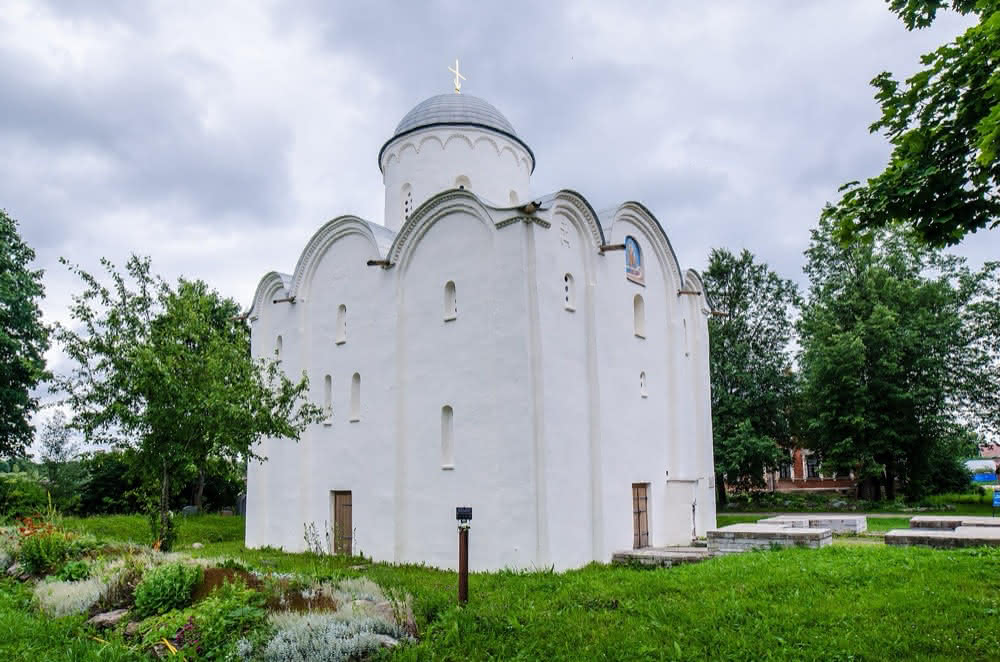
Kideksha Church
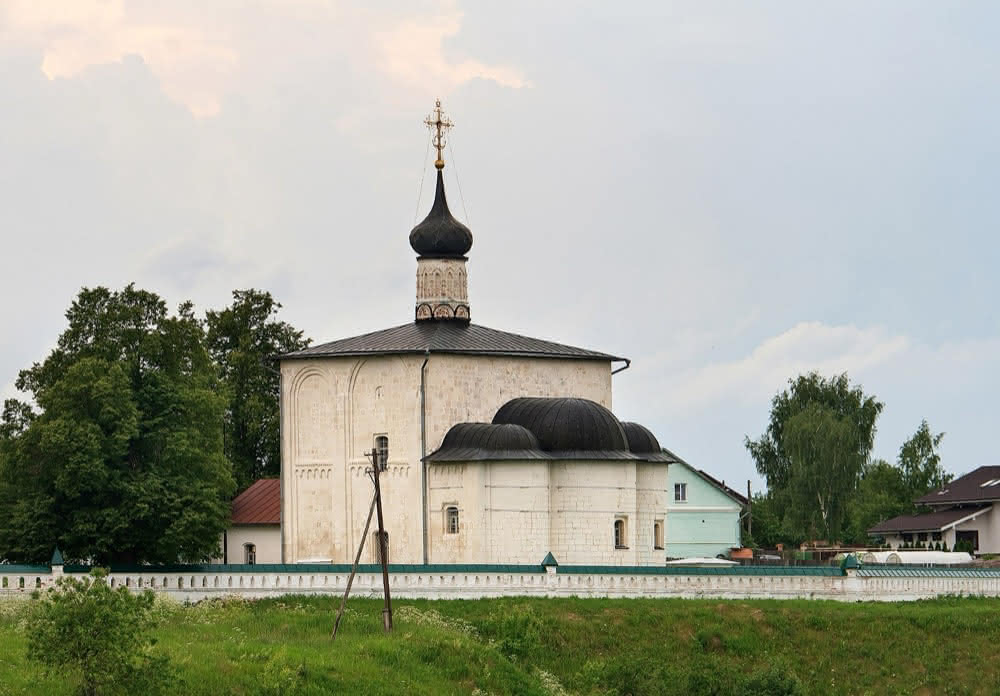
Transfiguration Cathedral
Inpereslavl Zalesky
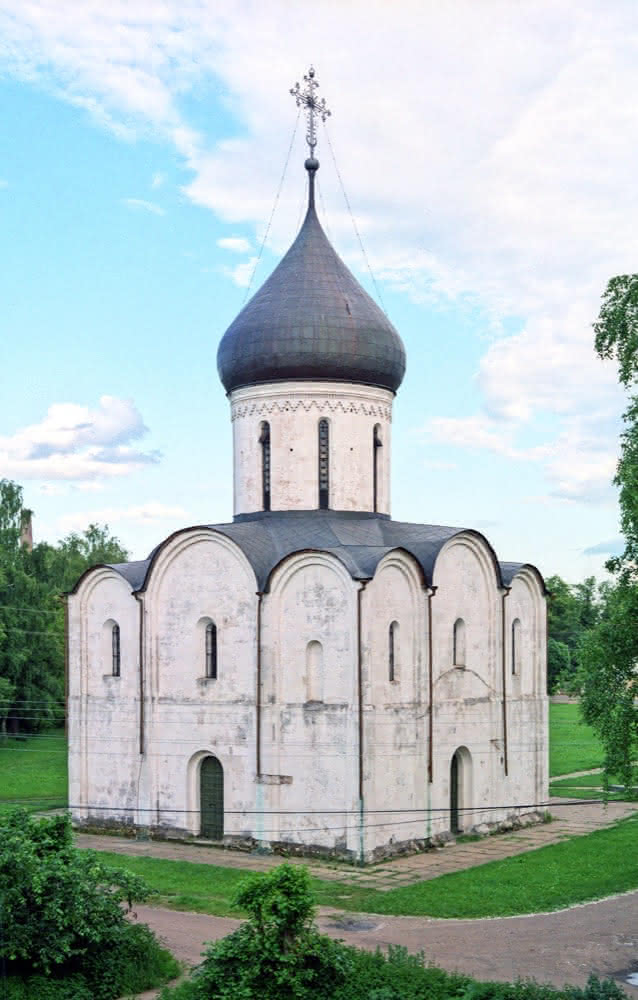
St Peter and St Paul’s Church
Insmolensk

Cathedral of St-John the Baptist
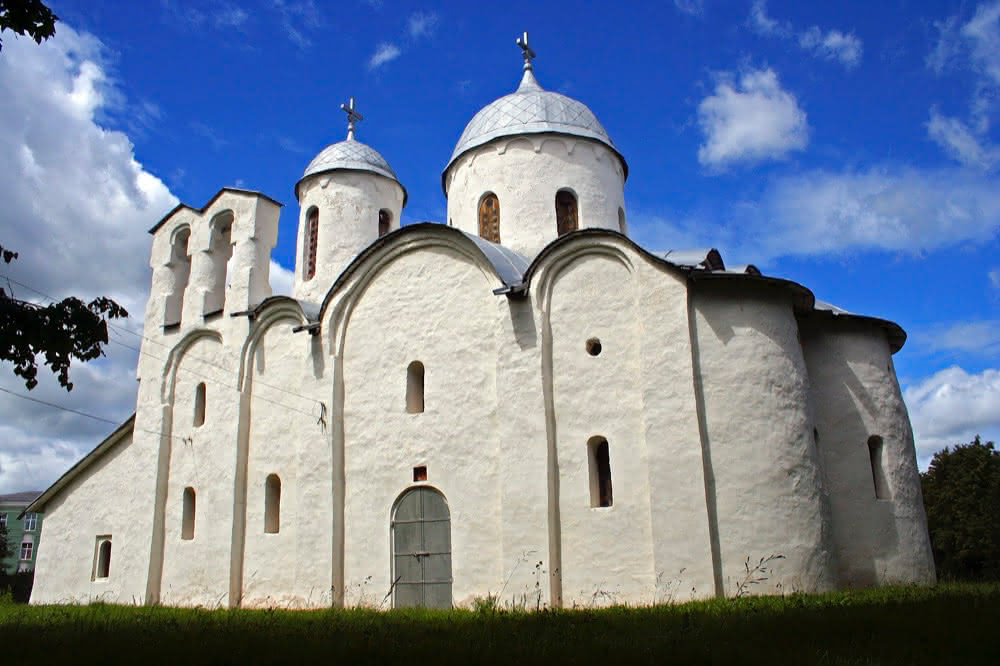
Katholikon of the Antoiev Monastery
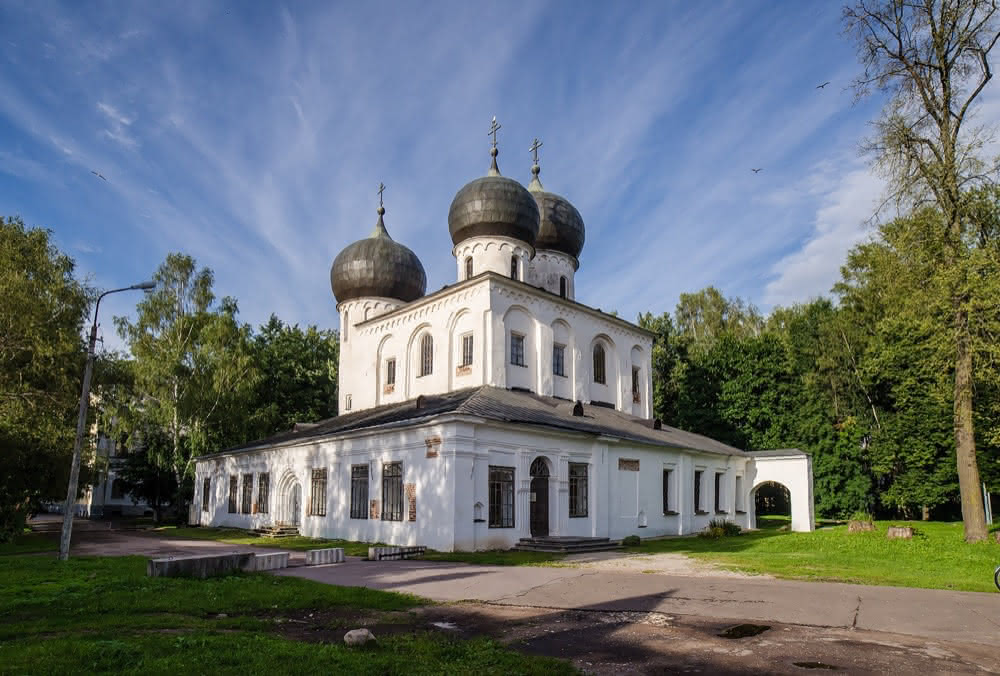
St George’s Cathedral of Yiriev Monastery
Veliky, Norgorod
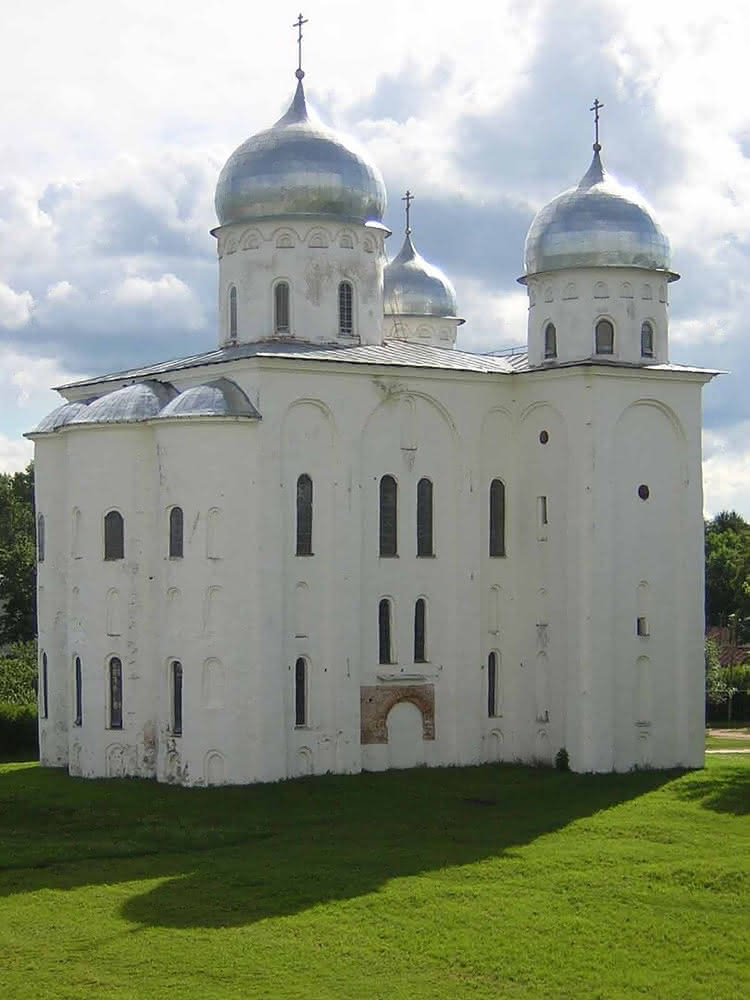
Saint Nicholas Cathedral
Veliky, Novgorod
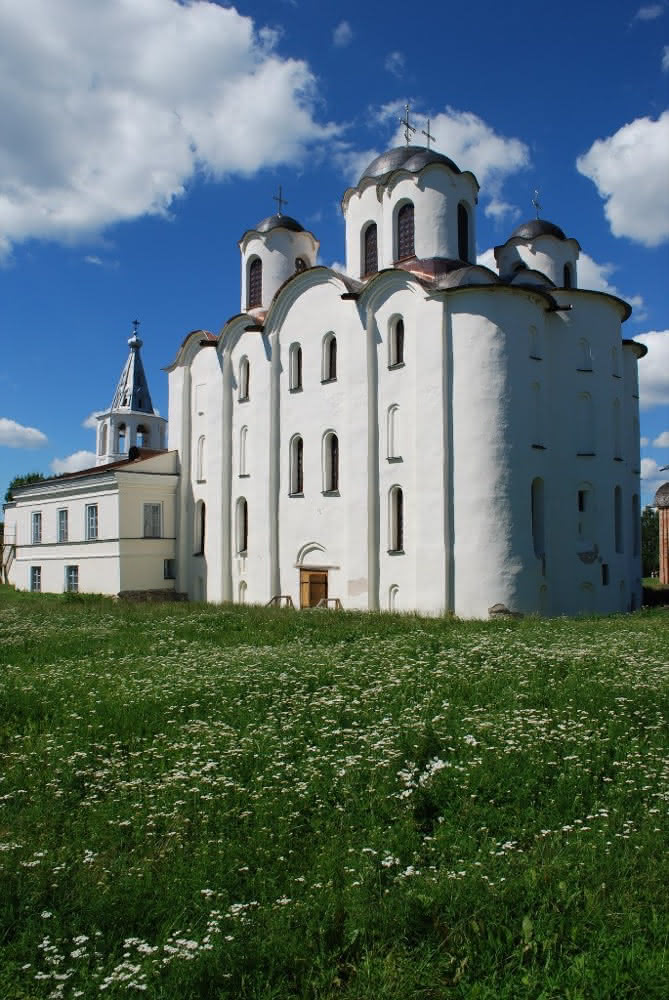
Transfiguration Monastery
Morom
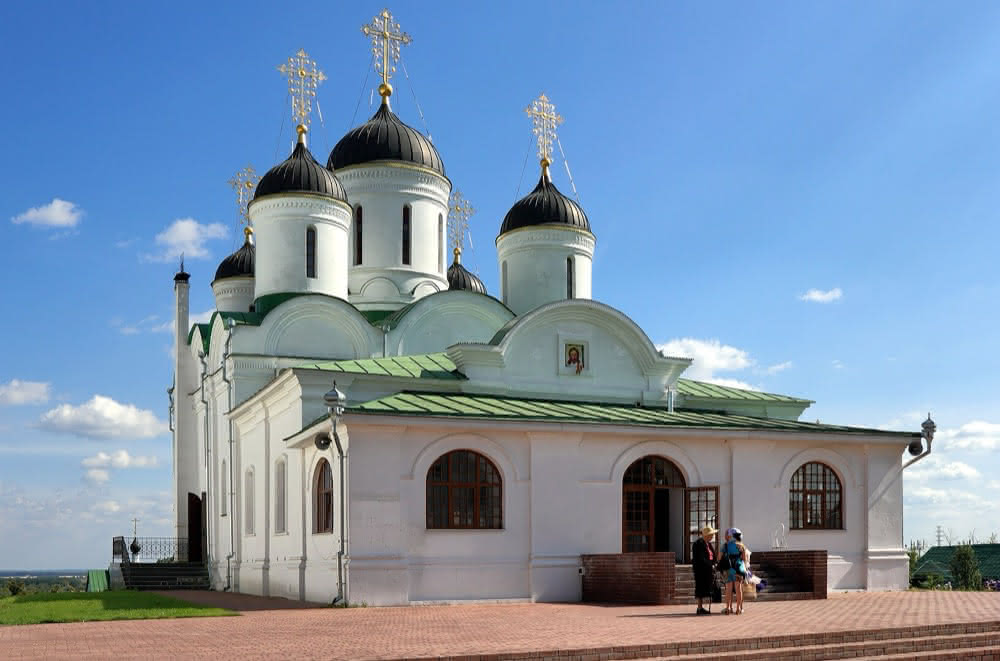
Saint Sophia Cathedral
Veliky Novgorod
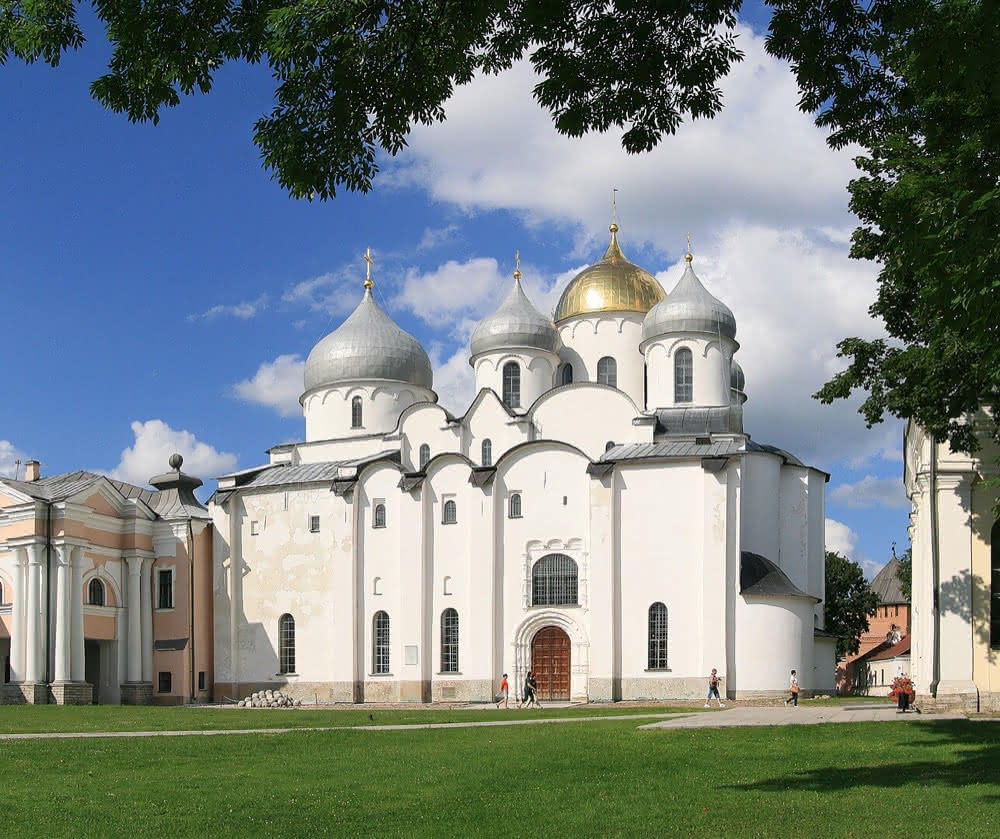
St George’s Cathedral of Yuriev Monastery
Veliky
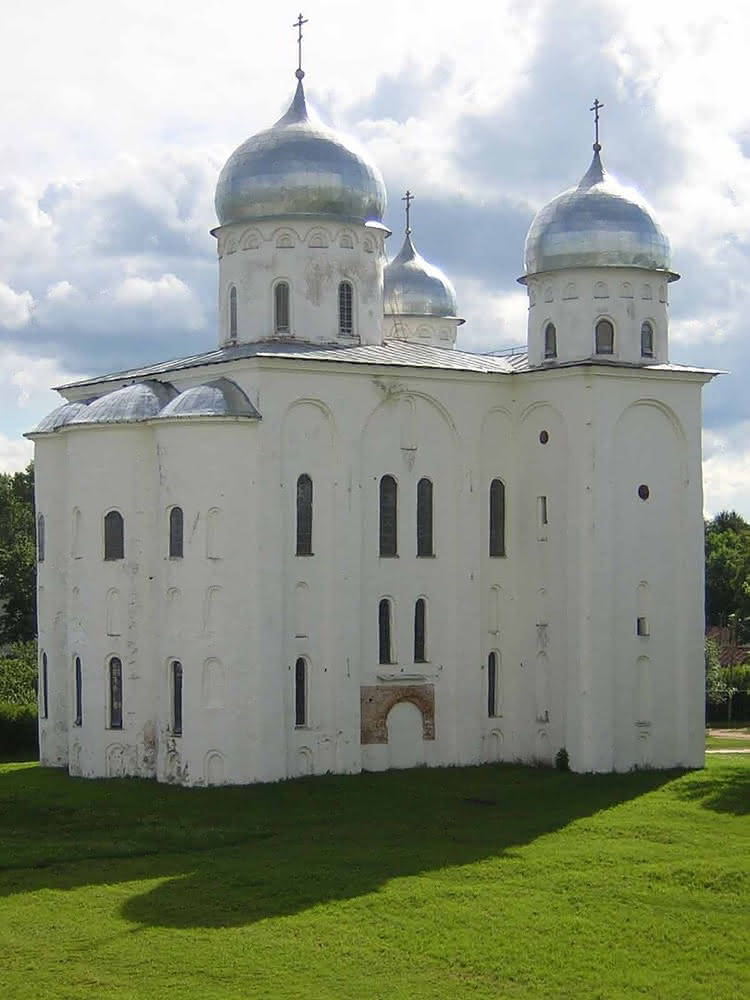
Saint Sophia Cathedral
Veliky Novgorod
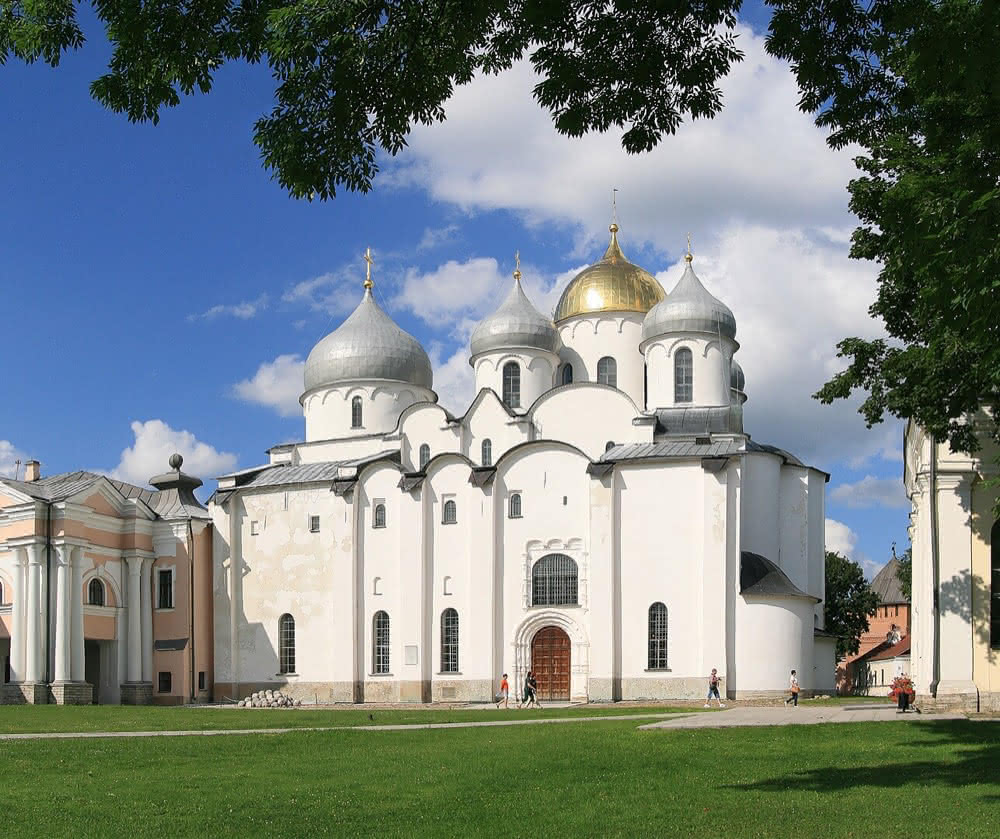
Cathedral of Sophia
Kyiv
